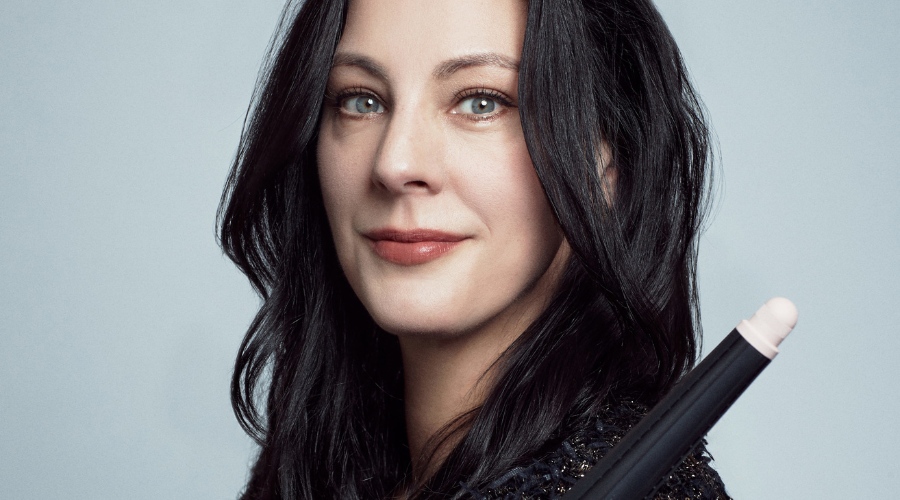Your skin is crawling with 1.5 trillion of bacteria, fungi and viruses at all times. Yes, the thought is icky but they are part of the microbiome of your skin. Upside? They may be the saviour of many skin woes. Find out how pre-, pro- and post-biotics can be the future of skin-care.
What Is The Microbiome?
“The skin is the largest organ of the human body and is colonised by diverse microorganisms which are harmless. These include certain bacteria, fungi, viruses and also mites,” explains Dr. Jamuna Pai, dermatologist and founder, SkinLab. These organisms live on the skin and make up the skin microbiome.

Dr. Chytra V Anand, dermatologist and founder of Kosmoderma Clinics further explains, “As the first immune barrier, our skin is strengthened by a healthy microbiome on the skin’s surface. When there is a disruption to the microbiome, it can lead to change in the appearance of the skin and increased infections.” A distressed microbiome can also be the cause of acne, rosacea, psoriasis, chronic fungal infections eczema.
Certain lifestyle habits can cause a disruption in the balance of your skin microbiome levels. Dr. Mikki Singh, dermatologist, Bodycraft Clinic, shares, “Usage of harsh cleansers or scrub, over-exfoliation, excess usage of astringent and not using sunscreen can create havoc with the skin’s microbiome.”
Prebiotics, Probiotics And Post-Biotics
To maintain healthy skin, products like moisturisers, serums and masks are infused with prebiotics and probiotics to encourage the good bacteria on your skin.
The microbiome needs prebiotics, probiotics and post-biotics. Dermatologists explain that prebiotics is food that helps in the growth or the activity of good bacteria and fungi. Probiotics are live bacteria and are commonly seen in our digestive system. When the probiotics feed on the prebiotic food, the output produced from the fermentation of prebiotics is called post-biotics.

To simplify, prebiotics feeds existing bacteria and keep them healthy, probiotics are the live cultures and boost the skin’s supply of prebiotics. Post-biotics are by-products that rev up their metabolism and keep infections at bay.
Thus, skincare of your microbiome can be facilitated by using products that contain pre, pro and post-biotics together. Their use can help in maintaining healthy skin, a youthful glow, warding off signs of ageing and keeping redness at bay.
How To Create A Healthy Skin Microbiome?

Check labels for Lactobacillus, bifidobacteria, fermented probiotics like lactococcus ferment lysate, streptococcus thermophilus ferment, Bifida ferment lysate, a fermented tea, kombucha extracts, Inulin a fibre, prebiotic oat extracts, suggests Dr. Chytra.
“Niacinamide and ceramides are also helpful ingredients to look out for in skin-care products,” adds Dr. Singh. As microbiome skin-care and products reach the shelves, experts advise caution. Since the study of probiotics and prebiotic skincare is still in its early stages, using creams with these ingredients should be done under supervision.
























